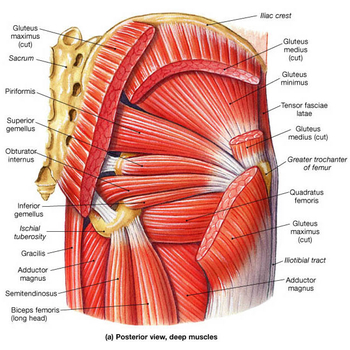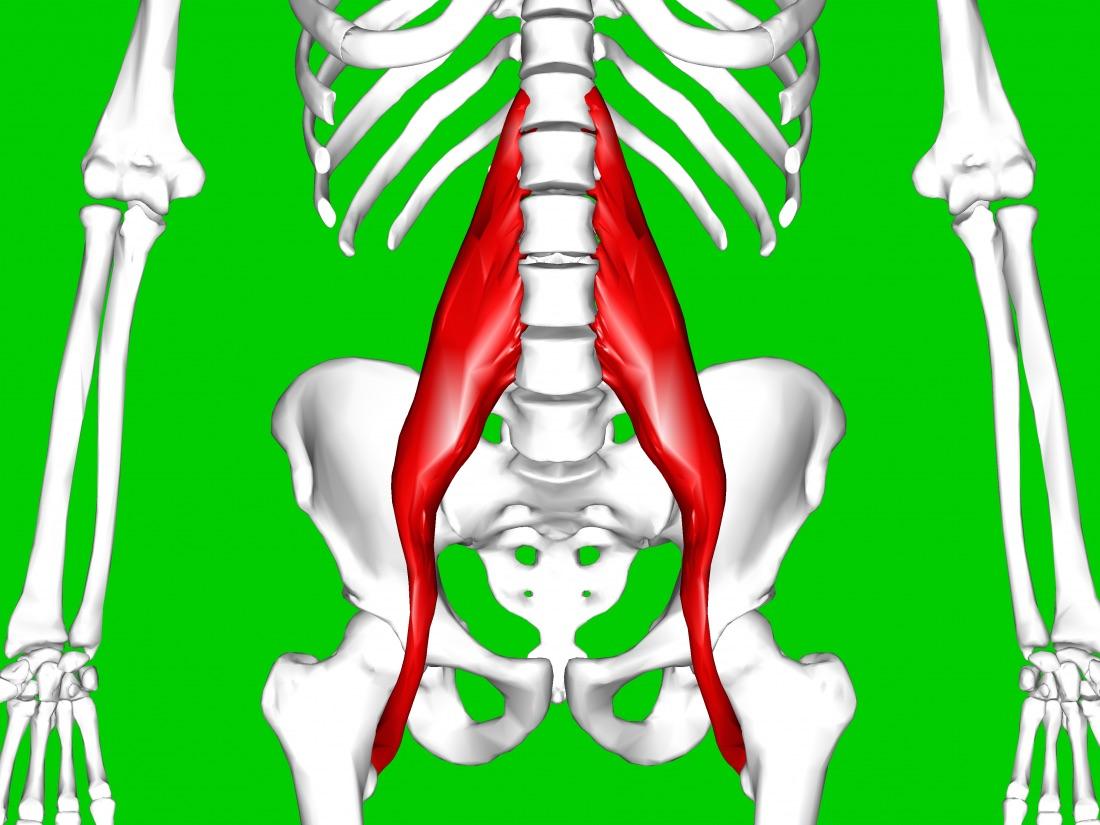You won't Believe This.. 26+ Reasons for Muscles In Hip Area? Your gluteus maximus (which is on the back of your hip or buttocks) and the gluteus medius, which is the.
Muscles In Hip Area | The muscles of the hip and thigh keep your hip joints strong and mighty, allowing for a wide range of hip movements. The hips also enable people to lift their feet two individual muscles called the psoas major and the iliacus form the iliopsoas muscle. The image next to it, which. The hips are the central pivot point of the entire body, supporting its weight during movement and when standing. Comprehensive information about hip joint anatomy including muscles, tendons, ligaments, bones, bursae, skeletal structure and joint capsules.
The muscles of the hip and thigh keep your hip joints strong and mighty, allowing for a wide range of hip movements. The hips also enable people to lift their feet two individual muscles called the psoas major and the iliacus form the iliopsoas muscle. Your experience can vary and may involve They can be strained or torn by sudden movements or falls. Muscle spasms and/or cramping in the hip or.
Exercises that target your hip muscles will help to open your hips to build flexibility, reduce pain and prevent injuries. Targeted hip and knee strengthening online course: Your gluteus maximus (which is on the back of your hip or buttocks) and the gluteus medius, which is the. There will be a quizlet focusing on… And rather than focusing on the turnover portion of your stride, focus on increasing your force production and you will be faster. There are several primary muscles in your hips that deserve strengthening. Your experience can vary and may involve The many muscles of the hip provide movement, strength, and stability to the hip joint and the bones of the hip and thigh. In human anatomy, the muscles of the hip joint are those muscles that cause movement in the hip. The hips also enable people to lift their feet two individual muscles called the psoas major and the iliacus form the iliopsoas muscle. This tear originates in the hip. With age and use, the cartilage can wear down or become damaged. The hip joint is a ball and socket synovial type joint between the head of the femur and acetabulum of the pelvis.
Other muscles also assist in the abduction of the thigh at the hip joint, but they do not belong to the abductor group. It joins the lower limb to the pelvic girdle. You can also end up with tight hip flexors and back muscles from muscular imbalance. Muscle spasms and/or cramping in the hip or. Just like any other joint cartilage, these areas can wear away or movement at the hip joint is possible because of the muscles and tendons that surround the hip and that attach across the hip joint, allowing the leg.

The chief symptom of a strained or torn hip flexor is pain in the area at the front of your hip where it meets your thigh. The group of hip muscles called the deep six is a set of small muscles, deep inside the hip, that laterally rotates the leg in the hip joint. There will be a quizlet focusing on… Some of the most common symptoms of tight hip flexors to look out for include: They help you move, or flex, your leg and knee up towards stretch and strengthen your hip flexor muscles and other muscles that surround and support that area. The hips also enable people to lift their feet two individual muscles called the psoas major and the iliacus form the iliopsoas muscle. These muscles are separate in the abdomen, but they join. This tear originates in the hip. Muscle should have low signal on all sequences. Repeated strains in muscles around the hip region may result in a sports hernia, also. These include the following the obturator externus muscle arises from the lateral area of the obturator foramen, the outer surface of the obturator membrane, and the ischiopubic ramus. In human anatomy, the muscles of the hip joint are those muscles that cause movement in the hip. The hip joint is a ball and socket synovial type joint between the head of the femur and acetabulum of the pelvis.
Your hip flexor muscles can be defined as a group of muscles which is sometimes referred to as the iliopsoas (inner hip muscles). Included within the chart are gorgeous illustrations of the pelvic diaphragm, sphincter muscles, gluteus maximus. The hip flexor muscles bring your legs and trunk together in a flexion movement. The hips are the central pivot point of the entire body, supporting its weight during movement and when standing. Muscle should have low signal on all sequences.

Once you start losing weight, you can focus on exercises that can help tone the muscles in and around your hips and core. Your skeletal muscles generally work in opposing pairs or groups at a given. The hip flexors are a group of muscles toward the front of the hip. In human anatomy, the muscles of the hip joint are those muscles that cause movement in the hip. Just like any other joint cartilage, these areas can wear away or movement at the hip joint is possible because of the muscles and tendons that surround the hip and that attach across the hip joint, allowing the leg. The image next to it, which. Other muscles also assist in the abduction of the thigh at the hip joint, but they do not belong to the abductor group. Common causes of tight hip and lower back muscles include injury, too little activity, too much activity and muscular imbalances. Most modern anatomists define 17 of these muscles, although some additional muscles may sometimes be considered. The hips are the central pivot point of the entire body, supporting its weight during movement and when standing. The muscles of the pelvis, hip and buttock anatomical chart shows how each muscle in this area of the body works with the others, and the various minor systems within the major ones. These muscles are separate in the abdomen, but they join. They help you move, or flex, your leg and knee up towards stretch and strengthen your hip flexor muscles and other muscles that surround and support that area.
Muscles In Hip Area: Hip extension is the downward motion of your legs during the sprint.
Source: Muscles In Hip Area

Post a Comment
Post a Comment